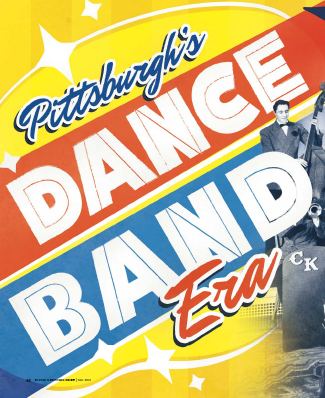Listening to the dance bands of the period 1929 through, say, 1935, it becomes apparent to me why there was an increasing amount of arrangement-style gimmickry applied for several years, commencing in 1936. With a few exceptions, they all sounded the same!
Music recorded during this period was primarily for dancing. Tin Pan Alley’s mass product was songs of 32 bars, meant to be danced to. The arrangers also appeared to have established a common standard: let’s call it the “Leo Reisman” style.
What was this style?
Instrumentally, the melody was carried by the string section, by the brass section, or by the piano. Touches were added by solo tenor sax, clarinet, or muted solo trumpet. Rarely was the saxophone section or brass ensemble given the lead to play.
Listen to the aforementioned Leo Reisman, also Eddy Duchin, Richard Himber, Henry King, Lud Gluskin, and others. This rather conservative style was meant for the hotel-room setting, not the ballroom. The ballroom give birth to a different, less subtle style of arrangement.
There were exceptions. Guy Lombardo, in 1926, followed by Jan Garber in 1933 created what I call the “alto” sound: a 3-or-4 man sax section led by an alto sax with ample vibrato. Hal Kemp, in the early 30s created a variation of the Lombardo style, using muted clarinet ensembles. Both made heavy use of muted, staccato brass.
For the ballroom sound, around 1930, the hot bands began to play ballads with the same string less voicing as Lombardo et al., but usually with the alto-led sax section replaced with a balanced alto/tenor combination. And the brass were more open.
So, in about 1936, the bands – as far as recordings and radio performance were concerned – played ballads in three styles of arrangements, with most playing in “hotel” style.
As radio remote broadcasting became more important in developing a band’s popularity, there commenced in 1933 a
trend to add features which distinguished one band from another.
This was done by adding sound “gimmicks.”
In the hotel bands, Freddy Martin established instant recognition with his smoothly-played, prominent tenor sax tone. Then Ted FioRito added temple blocks and clipped brass choruses. But the most distinguishable sound was imparted in 1936 by Shep Fields with his bubble sound accompanied by glissando solo viola plus the ‘clip-clop’ accents. Later Russ Morgan adapted his “wah-wah” trombone sound to distinguish his band. And Lawrence Welk put into the foreground accordion and clarinet ensembles.
But the most variety in gimmickry was experienced by the alto bands, which started to proliferate about 1933.
Ted Weems had a whistler do a chorus on specialty numbers.
Kay Kyser made regular use of singing song titles (originated in the late ‘20s by several bands including Weems) and the announcement of the vocalist over a theme song vamp after the first (instrumental) chorus. He also borrowed Kemp’s triple-tonguing trumpets.
Sammy Kaye, who started to record in 1937, used the same stylistic features as Kyser and later added glissando accents by an electric steel guitar or alternately by solo trombone. He was closely copied by Blue Barron. Kaye told me that there was a practical side to the singing song titles and announcing the vocalist during the song: elimination of the need for an announcer on-site during a radio remote broadcast.
The ultimately-gimmicked alto band was Horace Heidt’s which employed, at times, all of the Kyser-Kaye features. Plus the addition of a singing choir and a whistler.
Of course, in 1936, there began the age of the swing bands which eschewed such ‘unhip’ gimmickry when playing ballads. Yet one – Glenn Miller’s – achieved a measure of instant recognition with its clarinet-over sax section ballad sound.
This variety of arrangements and sound continued until WWII, after which all conventions were uprooted, especially the apparent need for gimmicks in light of changing musical tastes and the loss of radio appearances, although Kaye maintained his stylistic effects for occasional use well into the ‘70s.
But for a while, it made for an interesting sideshow.
Copyright 2014, Paul F. Roth. All rights reserved.

